As mentioned in the first blog post about Los Glaciares National Park and El Chaltén, we come across the same national park again a few hundred kilometers further south. This time the national park doesn’t challenge us in a sporty way, but it still plays on all our senses with the impressive Perito Moreno glacier.
At the front of the glacier
We hear from an enthusiastic frequent visitor to the Perito Moreno Glacier that an average of 5,000 people a day pass through the viewing platforms at the edge of the glacier tongue. This confirms our decision to drive into the park right at the opening time at 08:00 so that we don’t have to look at the glacier in close proximity to the many visitors. Soon after entering the park, we see an icy blue wall from the access road. This is the huge glacier! How strikingly the edge of the glacier juts out of the lake – impressive!
On our way to the viewing platforms on foot, we get within 120m of the glacier. We would have thought that we would have to view the glacier from a greater distance, but here it is almost close enough to touch. The ice walls rise up to 70m in height. And the whole glacier covers about 4.4 km of the valley floor in width. The glacier disappears into several glacier arms towards its origin and mixes with the white of the snow and ice that later becomes part of the glacier. These dimensions are fascinating. We have probably never seen such a large glacier from so close of a distance.
The longer we look at the glacier, the more we fall under its spell. It seems almost hypnotic. The glacier’s ice constantly cracks and creaks. Smaller pieces break off and fall into the water with a great roar. We wanted to see a somewhat larger piece of ice break off – quite contrary to our basic wish that the glacier would remain intact for a long time to come.
We take a break after about 2.5 hours of glacier viewing but haven’t had enough yet. During these 2.5 hours, we saw a wall of ice plunge into the water, but only this one and we don’t have a photo of it either. So, we are surprised that after the breakfast break in our Ben in the visitor parking lot, we want to go up to the glacier again for about 1.5 hours to continue staring into the eternal ice. The decision is worth it – as soon as we arrive, a large piece of the glacier breaks off with a loud roar and falls into the water. Unfortunately, we are too slow to take a picture of it this time too. And just before we want to give up, we make it after all. The largest break-off over the entire height of the glacier that we can observe that day plunges into the depths before our eyes and camera lenses. A real spectacle! And how the ice changes immediately: Glistening blue ice appears at the break-off points. Wherever there has been no break-off for some time, the ice is now matt and white due to the effects of the weather. After the rapid fall into the water, the ice floes floating in the water slowly rise to the surface. The small tidal wave causes the pieces of ice floating in the water to rub against each other, resulting in a reverberating effect of the ice breaking off that lasts for several minutes.
We easily spend almost a whole day at the foot of the Perito Moreno glacier. We would never have imagined that – but the glacier is also extremely fascinating. Which makes the relatively expensive entrance fee of 45,000ars (approx. 42CHF) per person well worth it.
This visit is definitely a must do! We hope we can share our fascination of this glacier with you as readers through the photos.
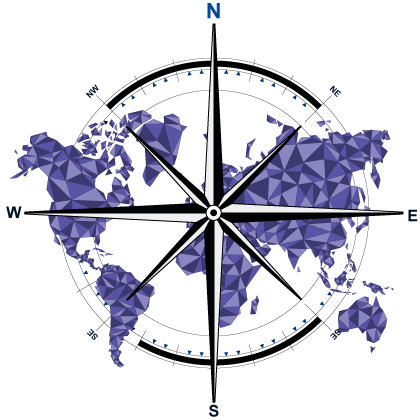















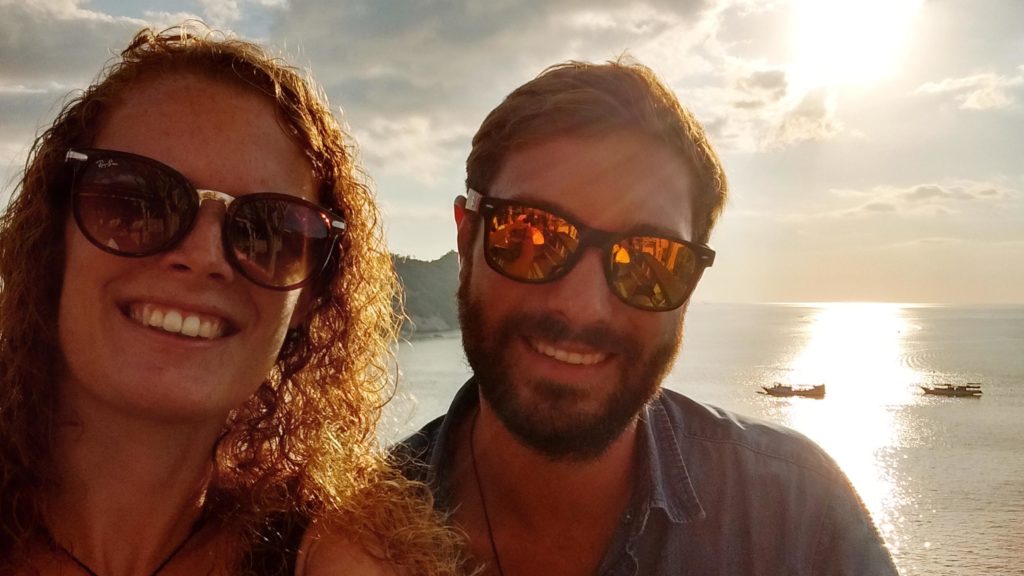
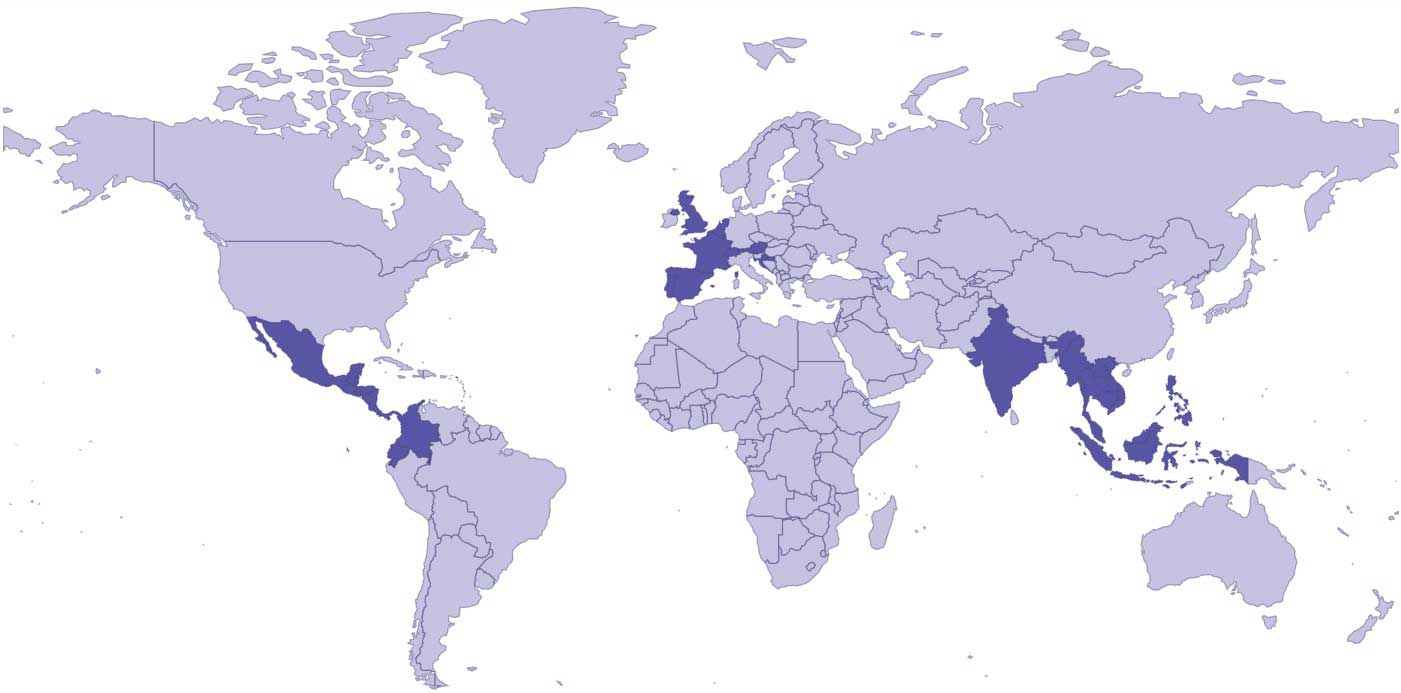
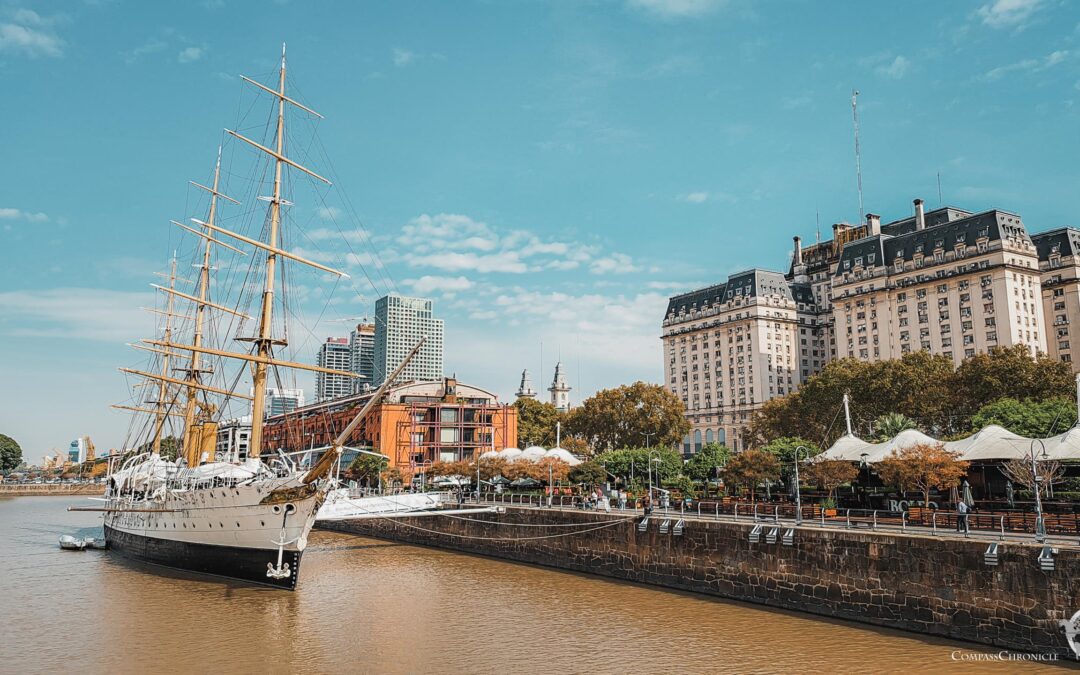
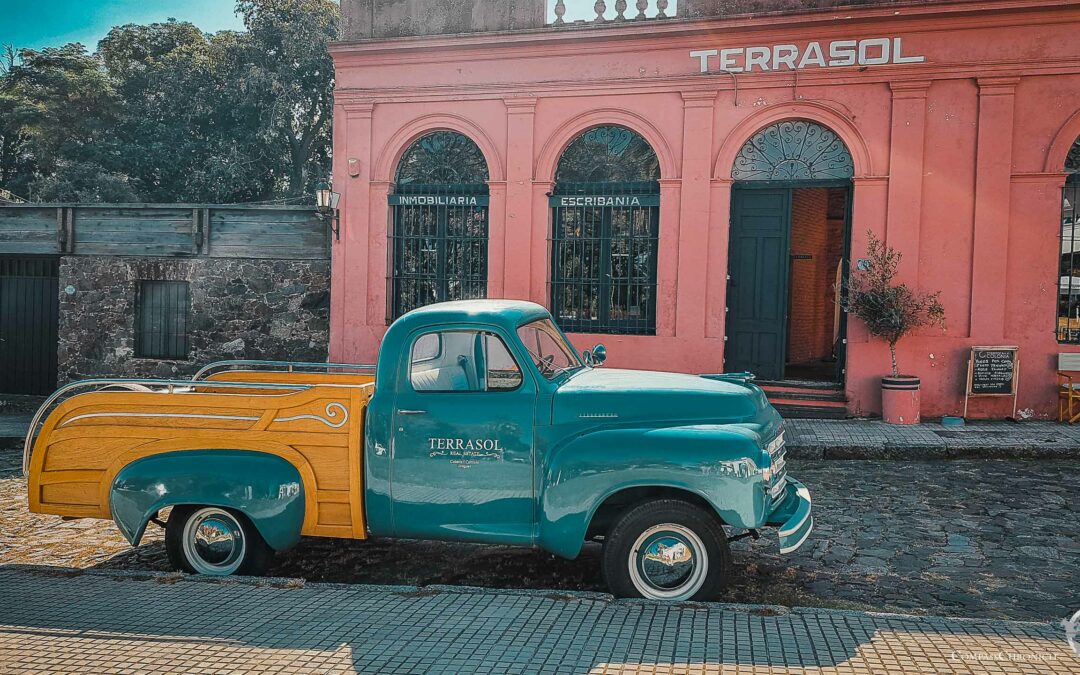
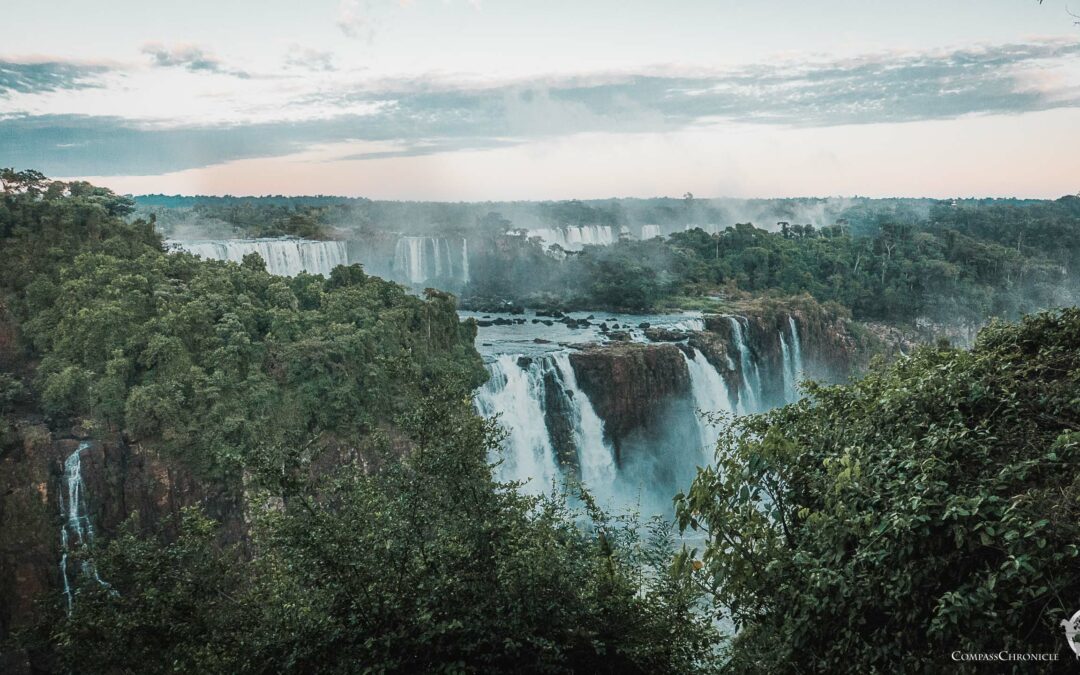
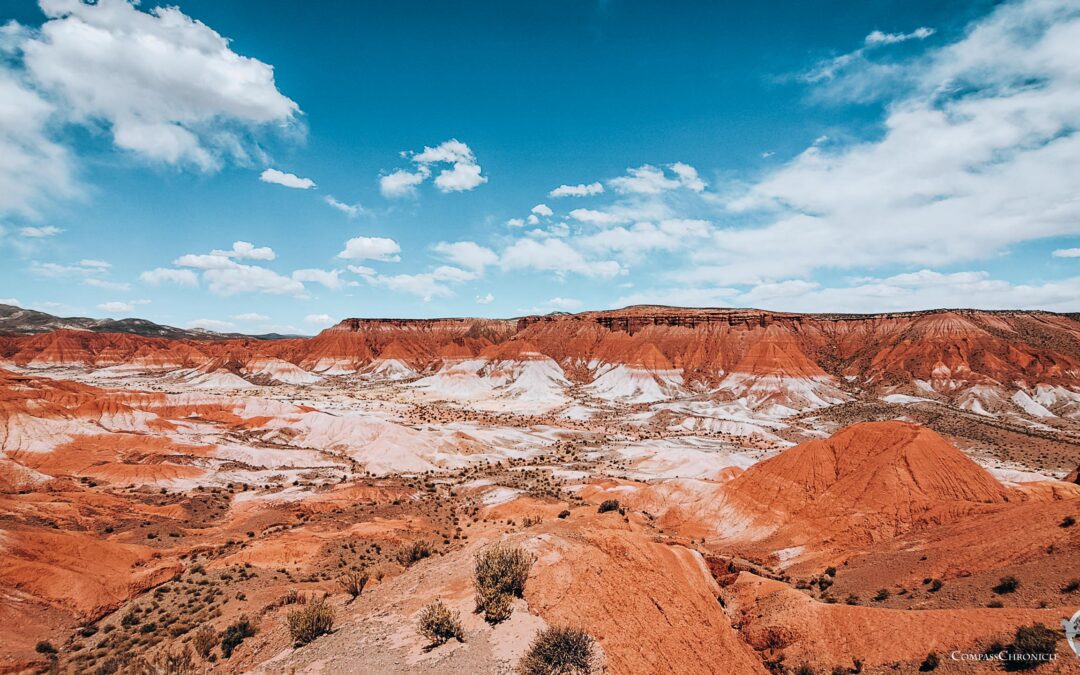
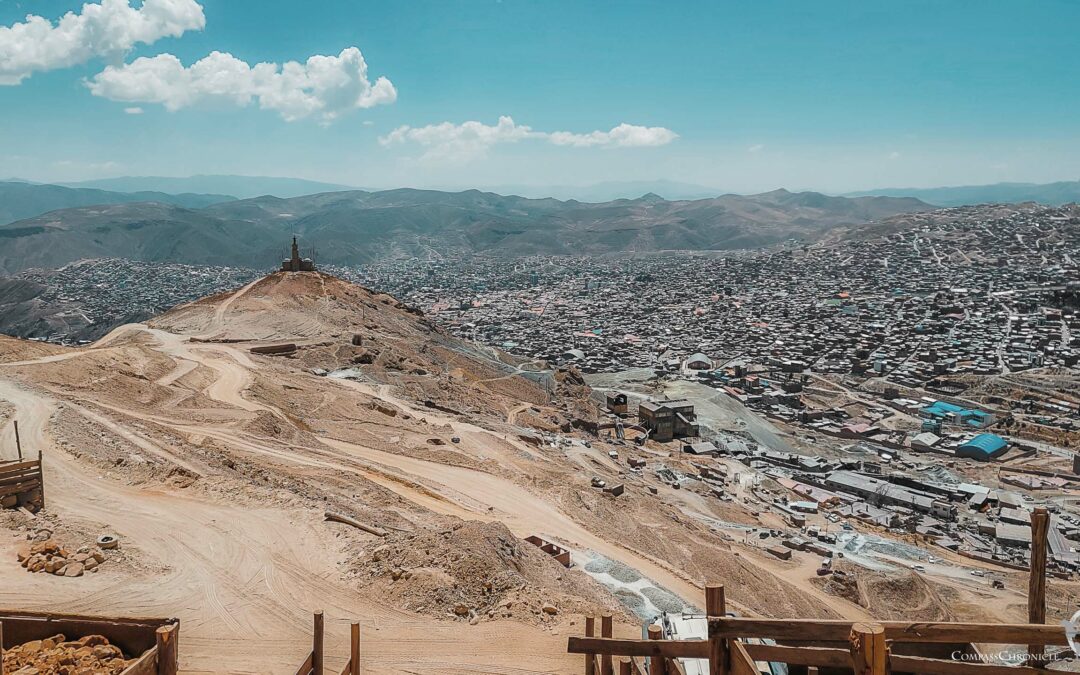
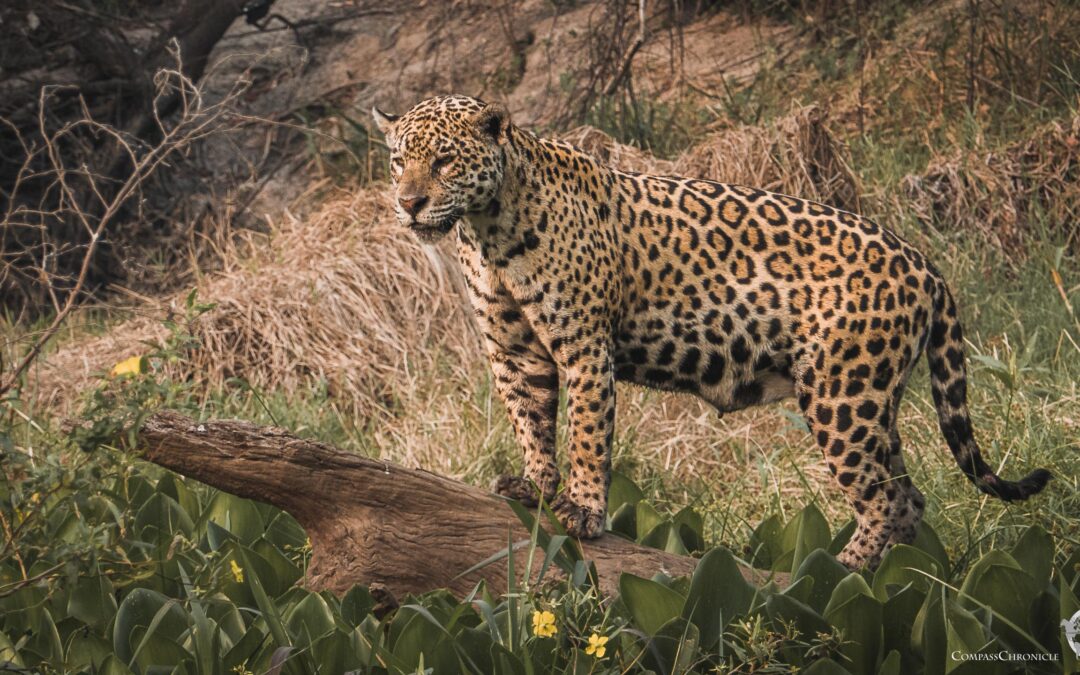
0 Comments